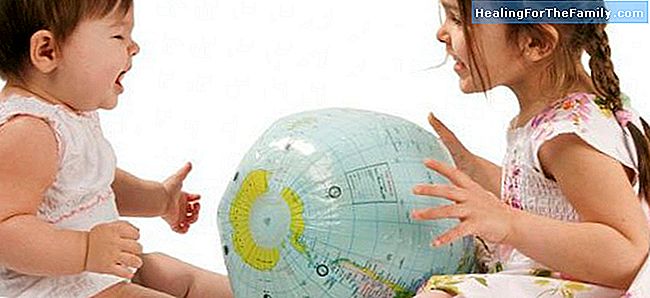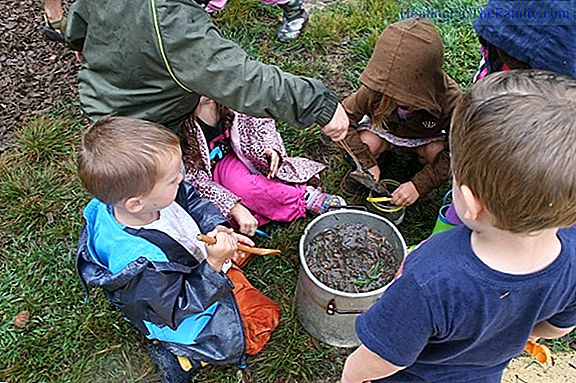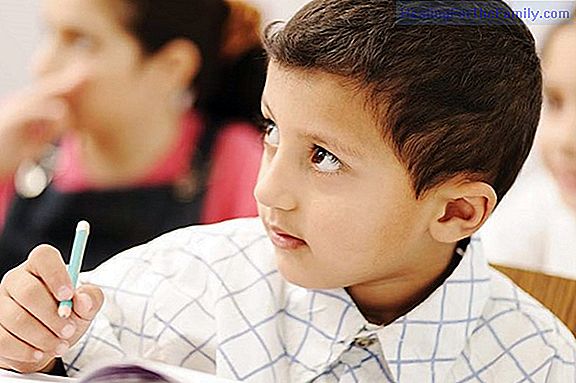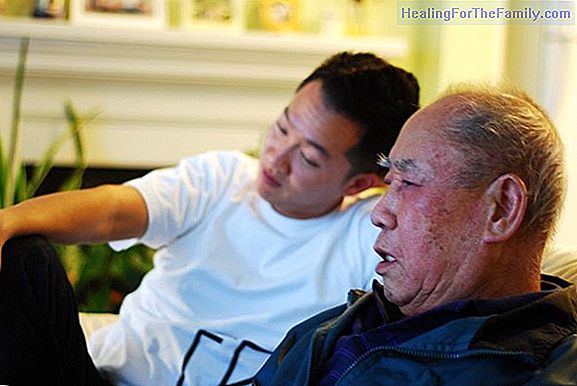Selfishness in children
It is frequent and habitual to observe selfish behaviors in childhood. Young children tend to want to satisfy their needs and wants in an immediate way, without taking others into account. This type of behavior that is normal and that can have an adaptive function in the first years of life, however
It is frequent and habitual to observe selfish behaviors in childhood. Young children tend to want to satisfy their needs and wants in an immediate way, without taking others into account.
This type of behavior that is normal and that can have an adaptive function in the first years of life, however, if they are maintained over time, may end up damaging interpersonal relationships in the future. Therefore, it is important that we help them to adequately overcome this stage, so that they can adapt correctly in all social areas of their lives.
Why children are selfish

Although it is true that children can learn to behave selfishly by imitation, the reality is that selfishness is part of normal developmental development. It is around the first year of life when this type of behavior can begin to appear with greater frequency and it is usual for it to remain until six years of age.
The explanation that such behaviors appear in all children and that occur more frequently in this time interval, is based on the brain development of children and especially in the development of the prefrontal lobes that are the zones Brain cells responsible for regulating emotions and social behaviors:
- Between 3 and 8 months of age: Primary emotions appear in children. A - At two-three years: it is when children begin to recognize emotions efficiently in oneself and in others. Up to four years of age, their cognitive development does not allow them to represent the mental state of other people (until that age they do not understand that others may have intentions, interests or feelings different from their own), so they are tremendously egocentric, continuously believing the center of everything.
- At the age of four, they begin to be able to represent the mental state of others. - At six years of age: the development of the prefrontal lobes is already mature enough so that children are able to put themselves in the place of the other with greater ease and also, they already have a
greater capacity to control the impulses
and their own needs in favor of respecting social norms, and understand that this is necessary for the maintenance of the game and relationships with other children. - After six years: the development of these areas of the brain continues to advance, allowing children to refine their social skills, especially on the basis of a greater capacity for empathy, greater emotional self-regulation and a better ability to solve problems interpersonal Aroa Caminero
Psychologist

Centro de Psicología Álava Reyes












